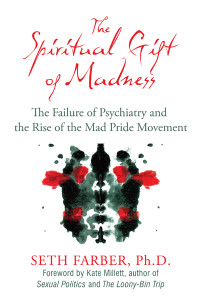This book looks at what happened when the government of Victoria, Australia, enacted special legislation to detain one person with a severe antisocial personality disorder on the grounds of his presumed dangerousness, despite the fact that he did not fit within the ordinary criteria of mental illness or criminality. In doing so, it interfered with the law's protection of civil rights and also with professional distinctions between a certifiable mental illness and the broader concept of mental disorder. The ensuing legal processes highlighted the ambiguous, contingent and negotiable nature of the boundary between badness and madness.
The issues raised by this case transcend a government's singular action, highlighting matters such as the duty of care in a forensic setting; diagnostic uncertainties; debates about treatment; the responsibility of politicians to protect the community; and the difficulties inherent in translating clinical concepts into an acceptable legal format. Neither Bad Nor Mad analyses the interaction between psychiatry and the law in an absorbing account of one case with extensive ramifications.







